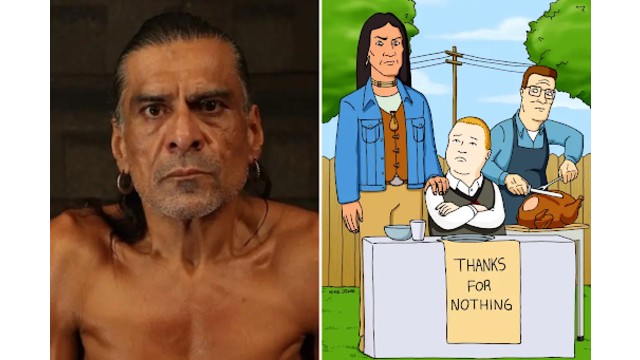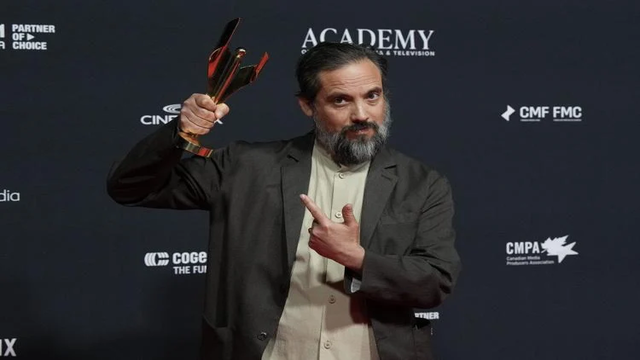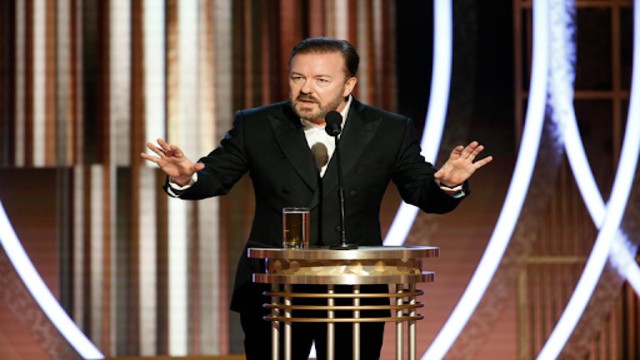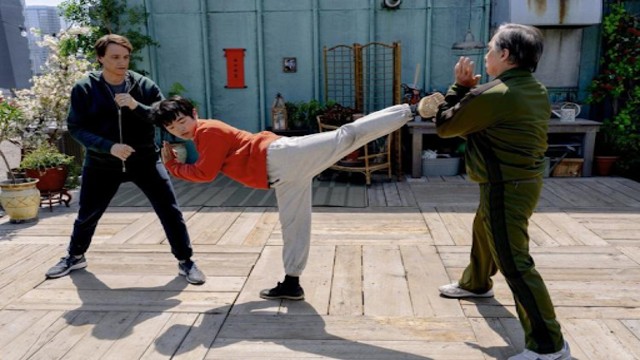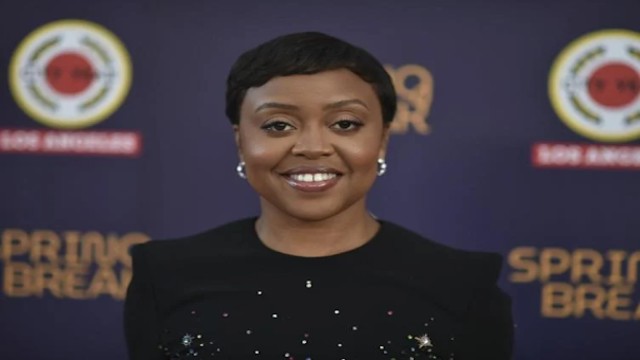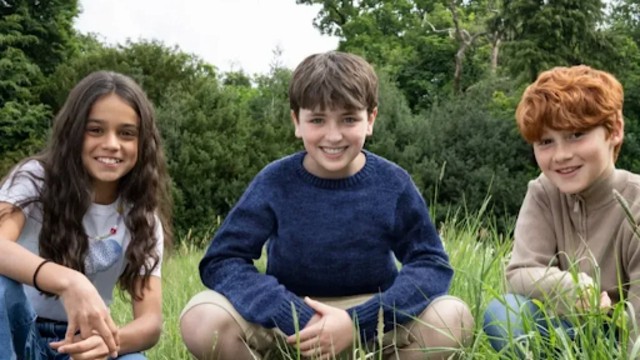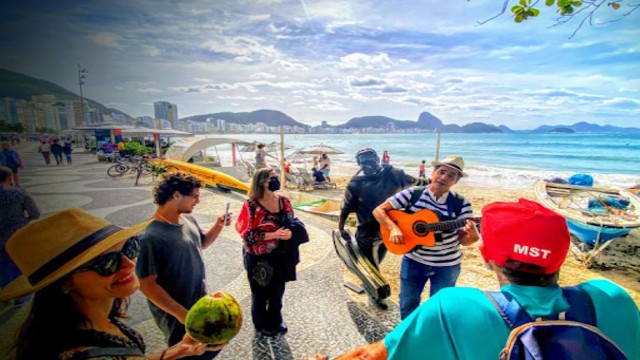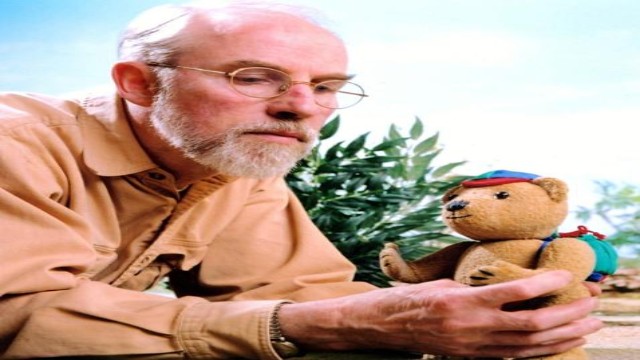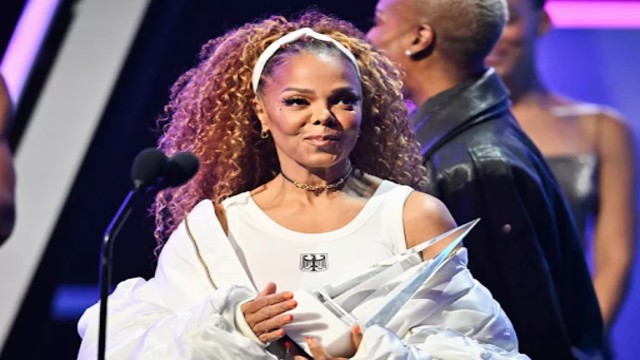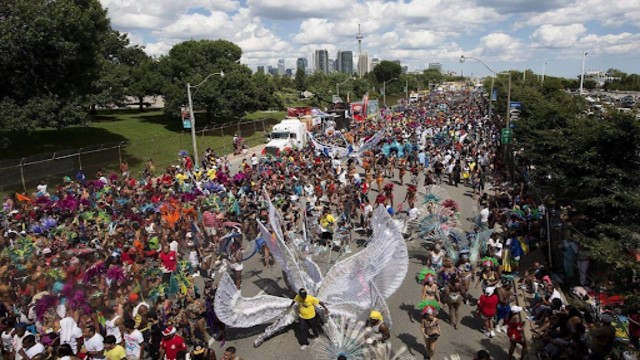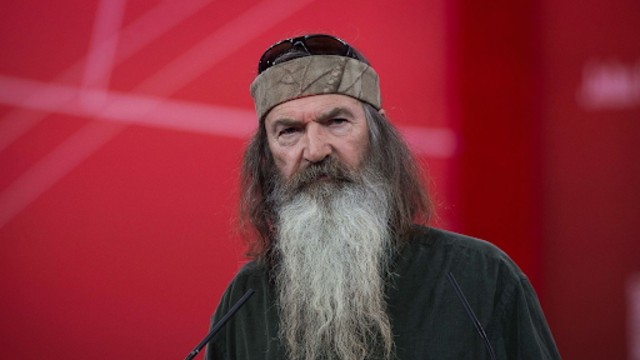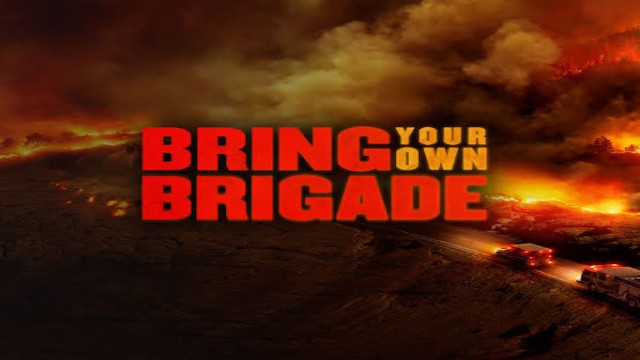
A poster of the Lucy Walker documentary film ‘Bring Your Own Brigade’ in 2021.
When Lucy Walker premiered her gripping documentary Bring Your Own Brigade at the Sundance Film Festival in 2021, the timing couldn’t have been more challenging. The world was in the thick of the COVID-19 pandemic, and audiences were already grappling with one global crisis, leaving little capacity for a film about another looming catastrophe.
“It was really hard,” Walker, an Oscar-nominated filmmaker, reflected recently. “I didn’t blame people for not wanting to watch a film about the fires in the middle of the pandemic, because it was just too much horror.”
Despite critical acclaim—including being named one of the New York Times’ top 10 films of the year—the documentary struggled to gain the wide audience Walker had hoped for. The film confronts the devastating human toll of wildfires in California while raising urgent questions about how society can prepare for and mitigate such disasters.
Now, with Los Angeles battling a new wave of wildfires, Walker believes the time may finally be right for her message to resonate. Firefighters have been racing to combat fresh blazes, spurred by severe winds and dry conditions that officials have labeled a “particularly dangerous situation.”
“This is probably the moment where it becomes undeniable,” Walker said in a recent interview.
She added, “It feels like people are finally asking the questions I was asking a few years ago: ‘Is it safe to live in Los Angeles? Why is this happening, and what can we do about it?’ The good news is, there are things we can do. The tricky part is, they’re hard to implement.”
The Human Cost and a Call to Action
Bring Your Own Brigade, now available on Paramount+, chronicles the catastrophic impact of two wildfires that ignited on the same day in 2018: the Camp Fire, which devastated the northern California town of Paradise, and the Woolsey Fire, which tore through Malibu. These fires, triggered by the same wind event, affected communities at opposite ends of the political and economic spectrum, underscoring the universal threat of wildfires.
Walker immerses viewers in the chaos, capturing harrowing cellphone footage of residents fleeing through walls of fire, 911 calls from individuals trapped in their homes, and the heartbreak of those who lost everything.
Her message is layered: while climate change is undeniably exacerbating the frequency and intensity of wildfires, other factors—such as human settlement patterns and land management practices—also play significant roles. This realization offers a glimmer of hope: by making difficult but necessary changes, communities can reduce their vulnerability to future fires.
However, Walker stresses that complacency remains a major obstacle.
“Complacency sets in when there hasn’t been a fire for a few years, and you start to think it might not happen again,” she said.
Walker herself experienced this mindset. As a British transplant to Los Angeles, she chose to live near the Venice-Santa Monica border, avoiding the city’s picturesque hillside areas out of fear of wildfires. But after years of relative calm, she began questioning whether her concerns were overblown—until the recent Palisades fire served as a stark reminder of the ever-present risk.
Barriers to Fire Safety
Walker’s journey into wildfire filmmaking began with her own curiosity. “When I first moved here, I wondered, ‘Why is the hillside on fire? Why do people just keep on driving?’ It felt like a medieval problem,” she recalled.
Through her work, she gained immense respect for firefighters, describing them as even more selfless and courageous than she had imagined.
“If you want to see a firefighter’s heart break, it’s when they want to do more but can’t,” she said.
However, the film also highlights the challenges firefighters face in convincing the public to adopt safety measures. In Paradise, where 85 people lost their lives, a town meeting to discuss fire safety protocols revealed widespread resistance to change. Proposals as simple as requiring a five-foot buffer of non-flammable material around homes were rejected, with personal freedom often prioritized over collective safety.
“It was shocking to see, especially in a community that had just experienced such unimaginable loss,” Walker said.
Rethinking How and Where We Live
Walker’s documentary isn’t the only one to explore the aftermath of the Paradise fire. Ron Howard’s Rebuilding Paradise focused on community resilience and the efforts to rebuild. While Walker acknowledges the residents’ strength, she questions whether rebuilding without significant changes is wise.
“These fires are not going away—they’re going to keep happening, and climate change is only making them worse,” she said.
Part of the solution lies in rethinking where and how people live. The wildland-urban interface, areas where housing meets undeveloped vegetation, is particularly vulnerable to wildfires. Yet, with California’s housing crisis, more people are moving into these high-risk zones.
Insurance companies may ultimately force a reckoning. “They’re doing the math, and it’s not sustainable,” Walker noted.
Equally important is reimagining home design. “What does a fire-hardened home look like?” she asked. “It means making tough choices, like avoiding certain materials that are lovely but highly flammable.”
Walker believes attitudes may finally be shifting. Among those who’ve lost homes, she’s hearing a growing reluctance to simply rebuild as before.
“What I’m hearing now is not just, ‘I can’t wait to rebuild,’ but, ‘How can we go through that again?’”
As wildfires become an increasingly unavoidable reality, Bring Your Own Brigade offers a sobering but essential exploration of what must change to protect lives and communities in a rapidly warming world.


